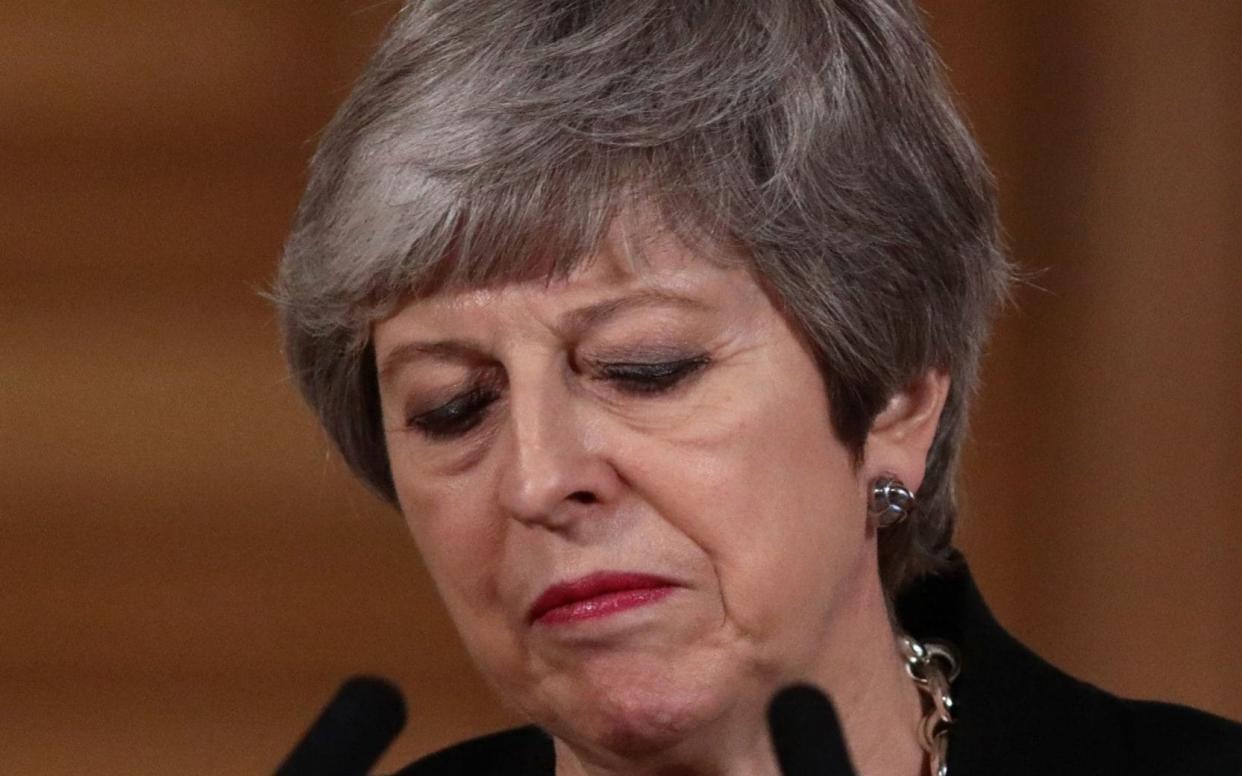Conservative leadership race: When will the next Tory leader and Prime Minister be selected, and how does it work?

Theresa May has formally stepped down as the leader of the Conservative Party, with the contest to replace her officially kicking off today.
A number of party heavyweights had already begun jostling for position in anticipation of a leadership contest after Mrs May announced at the end of March that she would make way for a new Conservative Prime Minister to lead the second phase of the Brexit negotiations.
Her resignation, on May 24, meant the Tory leadership election could begin in earnest. This is how that process works, and who could replace her.
How is a candidate nominated?
Usually the departing Prime Minister stays on in a "caretaker" role after resigning to give the party long enough to pick a new leader. That's what David Cameron did in 2016 and what Mrs May will be doing, too.
A candidate must be formally proposed and seconded by fellow MPs.
Under the terms of the Conservative party constitution, the 1922 Committee presents to the party "as soon as reasonably practical" a choice of candidates for the election of leader.

How is the winner picked?
A ballot of Tory MPs is held in which the candidate with the least support drops off the list. This process is repeated until just two candidates remain. Candidates who realise they do not command enough support to get on the ballot may also take the decision to withdraw from the race.

Once two candidates have been selected by MPs, the Conservative Party's 150,000 members will get a vote to choose the winner.
Candidates will go head-to-head at hustings events around the country with their pitches to party members in the hope of winning their support.
A candidate achieving more than 50 per cent of the vote among Party members will be declared Leader of the Party.
Who will replace Theresa May?
Among the leading contenders to replace Mrs May are Michael Gove, Jeremy Hunt, Boris Johnson, and Dominic Raab.
Here are the latest odds on who could become the next Conservative Prime Minister when the prime minister steps down.

Can I hijack the vote?
The vote won't be open to the general public – this privilege is restricted to people who are already members of the Conservative party.
But if you're thinking of joining up with the sole purpose of influencing the result, think again: party rules stipulate the ballot will only be open to members who joined before the 'call for nominations' was opened to MPs.
Eligible voters are also required to have been a party member for three months by the time the election takes place.
WATCH: The Tory leadership hopefuls and where they stand on Brexit
What is the timing for the leadership selection process?
The process to select a new leader takes place in the form of four rounds of voting with leadership hustings in between.
Monday, 10 June
The deadline for candidates to apply to become leader of the Conservative Party will expire at 5pm. They will need to secure eight backers in order to progress to the first leadership hustings.
Tuesday and Wednesday, 11-12 June
The 1922 Committee, the ruling body of the Conservative Party, will host two days of hustings, during which the candidates will be grilled on their leadership manifestos by an audience of MPs.
Thursday, 13 June
Tory MPs will cast their first votes of the contest. Under heightened security measures, they will be required to bring their Parliamentary passes to prove their identity and will vote on different coloured ballot papers to prevent the risk of forgeries.
As an added precaution, their phones will be confiscated to avoid the risk of pictures of the ballot papers being taken.
MPs who cannot be in Westminster will be allowed to vote by proxy. The MP with the fewest votes will be eliminated.
Sunday, 16 June
Channel 4 will host the first publicly televised leadership hustings in front of a studio audience.
Monday, 17 June
The remaining candidates will facing another round of questioning from MPs.
Tuesday, 18 June
The candidates have been invited to attend a live BBC hustings, although some have yet to accept the invitation.
The threshold for progressing through to the second round rises to 32 backers, meaning that several are likely to be eliminated before the second round of voting takes place later in the day.
At least one more will be eliminated once the votes are counted.
Wednesday and Thursday, 19-20 June
Up to four more rounds of voting will take place over the course of 48 hours, until the remaining candidates are whittled down to just two.
Saturday, 22 June
The final two candidates will begin a series of hustings around the country, where they will attempt to win over the party’s grassroots members who will ultimately decide the winner.
Monday, 22 July
Following a month-long contest, Tory officials will tally up the tens of thousands of votes cast by party members, before declaring the new prime minister. It is unclear as to whether this will happen before Parliament rises for the summer recess.

 Yahoo News
Yahoo News 
